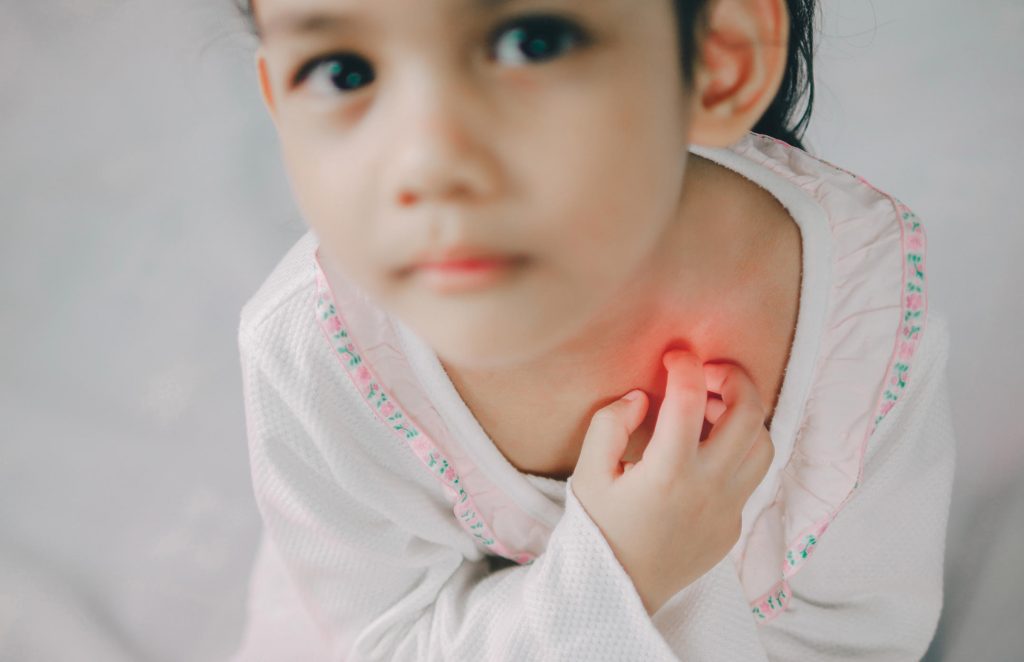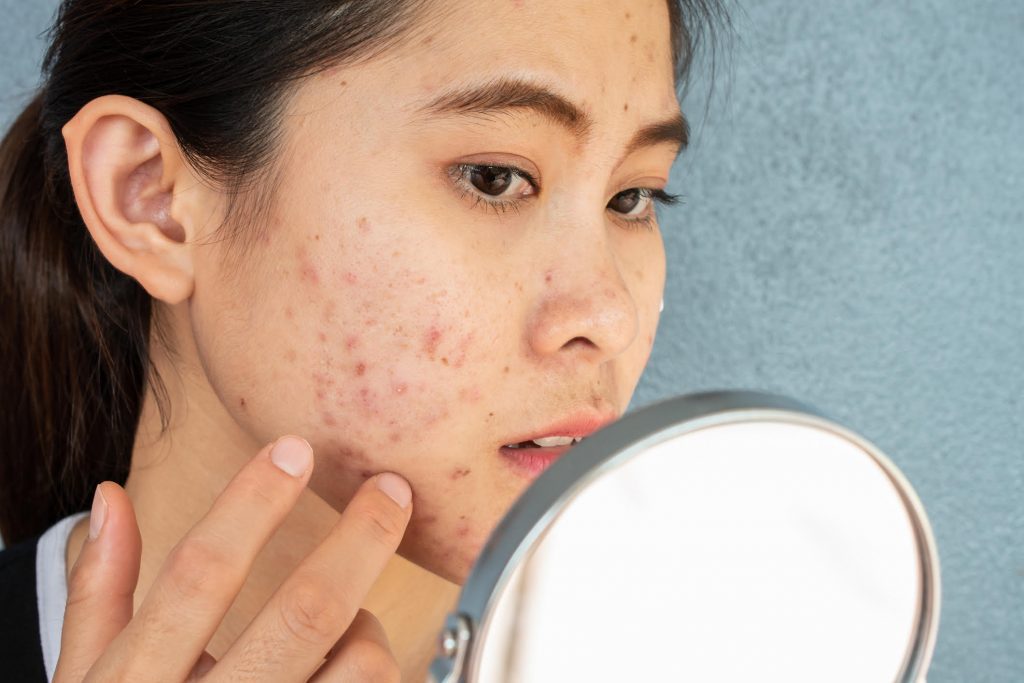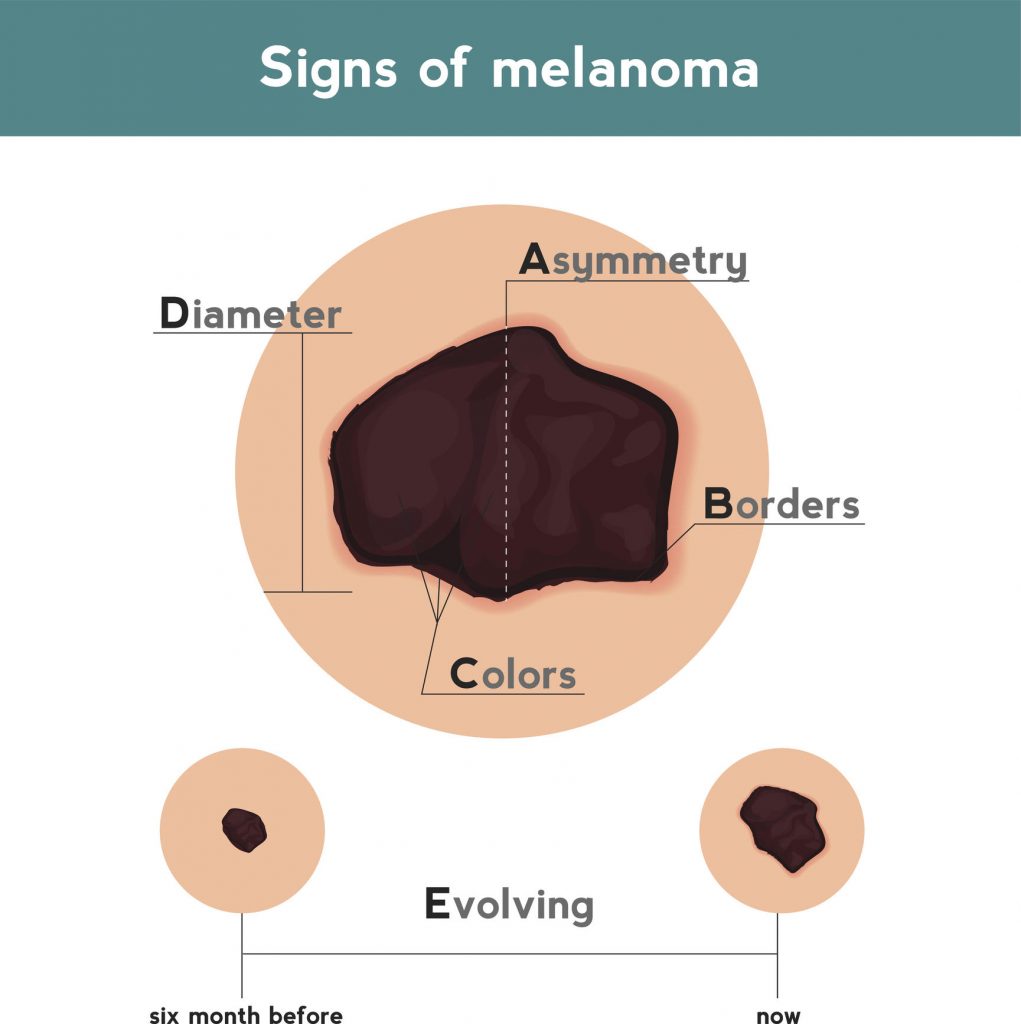Our skin is our armor and our barrier, the first thing that people see, an entirely visible trait, and a physical link directly to our emotions. Managing our skin can be comprehensive and involve a range of treatments and routines. Dr. Amy Hopkins of PeaceHealth Medical Group Dermatology discusses average skincare for every major stage in life, from infancy to the golden years.

Infancy
Infancy is a time for new skin to begin maturing and establishing natural processes. One of the most important lessons from dermatologists on soft, new baby skin is to be gentle and kind to the surfaces, practicing good hygiene and regular moisturization while keeping in mind potentially drying practices such as the use of too much soap.
One of the most common conditions for infants is diaper rash, a red and often inflamed rash in appearance. “There are many different causes of diaper rash,” says Dr. Hopkins. “Everything from contact with urine and stool, to contact dermatitis, to a moist diaper environment if the diaper is on for a prolonged period can cause this particular type of rash.” Avoiding these conditions can greatly improve your baby’s chances of avoiding an uncomfortable diaper rash.
Another common and oftentimes uncomfortable skin condition in children is eczema. “Eczema or atopic dermatitis can be seen in up to 20% of infants and children,” Dr. Hopkins says. Interestingly, eczema affects both younger children and adults on different areas of the body but can easily be treated with similar methods.

Hopkins suggests finding any thick cream from your favorite brand. “The thicker the ointment, the better,” she says. “If it is in a tub and you have to scoop it, that’s a really good sign.”
Eczema can be a prominent skin condition throughout infancy and early to middle childhood. Dr. Hopkins encourages bathing only when necessary, staying away from harsh soaps, and maintaining a moisturized skin barrier from irritants and abrasions to avoid exacerbating any symptoms.
The Teenage Years
As children transition into teenage years, their skin begins to grow susceptible to many changes due to a variety of factors, not the least of which are hormonal. Teenage skincare can be tricky, but Dr. Hopkins employs treatment plans that work in accordance with her patients’ expectations and desires.
“The emotional and psycho-social effect of acne plays a huge role in treatment,” Dr. Hopkins says. “Subjectively, two different teens will come in with different levels of acne, but their expectations or the impact on their life might be quite different—these are the guiding factors of treatment. There really is a broad range of treatment and people fall on the spectrum depending on how they are affected both physically and emotionally.”

The social ramifications of skin conditions take priority for teenagers, thus affecting treatment plans, but Dr. Hopkins emphasizes the importance of sticking to a regimen.
“The range of treatment starts from routine washing of the face, then moves to topical treatments, and then finally, oral treatments,” says Dr. Hopkins, “I like to remind patients that it’s really important for them to stick to a regimen, and to remember it takes a really long time for acne to improve.”
In some cases, Dr. Hopkins says it can take 3 to 6 months for half of a patient’s acne to improve and another 3 to 6 months before it is hopefully gone—for the most part. It’s good to remember that acne often follows us into adulthood, and to keep sticking to a regimen that works best for your skin.
Sun Protection
As an adult, it’s also imperative to protect your skin from the sun. In fact, it is one of the most important things you can do for your skin in your adult years.
“In general, I recommend sunscreens that are physical blockers, or mineral blockers—that includes active ingredients like zinc oxide and/or titanium dioxide,” Dr. Hopkins says. “These minerals function as metals that physically block the broad range of UV light from the sun.”
Chemical sunscreens have also been proven to be effective, but it is a good practice to keep in mind they are often used as a combination of active chemicals to achieve the same efficacy as physical blockers. Overall, sun exposure can have many negative impacts on our skin, such as discoloration, peeling, and, in some cases, cancerous growths.
Dr. Hopkins encourages patients to be aware of warning signs for skin cancer and to understand the difference between the three main types. “The three main types of skin cancer are melanoma, which is the most serious type of skin cancer that can metastasize,” says Dr. Hopkins, “The other two main types are basal cell carcinoma, and squamous cell carcinoma. Basal cell and squamous cell carcinomas are most often due to the sun and do not often affect health otherwise. We remove them because they can grow larger, but they don’t often spread to other areas of the body if we catch them early.”

When examining your own skin, if there is a worrisome spot, it’s important to remember the “ABCDE’s” of melanoma. “If it is Asymmetric, that is a warning sign,” Dr. Hopkins says. “B is border irregularity or jagged edges, C is for color change, D is for a diameter of more than 6 millimeters (about the size of a pencil eraser), and E is for evolving—anything that is bleeding, growing tender or changing.”
Older Age
As the golden years approach, it’s essential to keep our skin moisturized and help it retain a natural barrier. Xerosis or “dry skin” can be one of the most familiar challenges for aging skin.
“As we age, the skin does not hold on to lipids as well, which means the barriers are leakier,” says Dr. Hopkins. “Skin can’t keep in the moisture as well, so we have to build that barrier back with thick emollients.”

Once again, Dr. Hopkins suggests thick creams and ointments, preferably any kind that you can apply from a tub like Vaseline, Cetaphil, or Eucerin. Dr. Hopkins also recommends applying an emollient after a shower or bath to seal in the body’s natural moisture. As ever, it’s essential to be kind and gentle to your skin, no matter what stage of life you are in.
At PeaceHealth, Dr. Amy Hopkins and her associates strive to administer the best care they possibly can, helping their patients improve skin health and simultaneously enriching emotional and mental wellbeing. “I want to empower my patients,” says Dr. Hopkins. “I want to help give them the confidence in knowing how to take care of their skin, and what dangerous signs to look for, so that they’ll have the knowledge they need to help themselves and know when to seek medical care.”
Sponsored






































